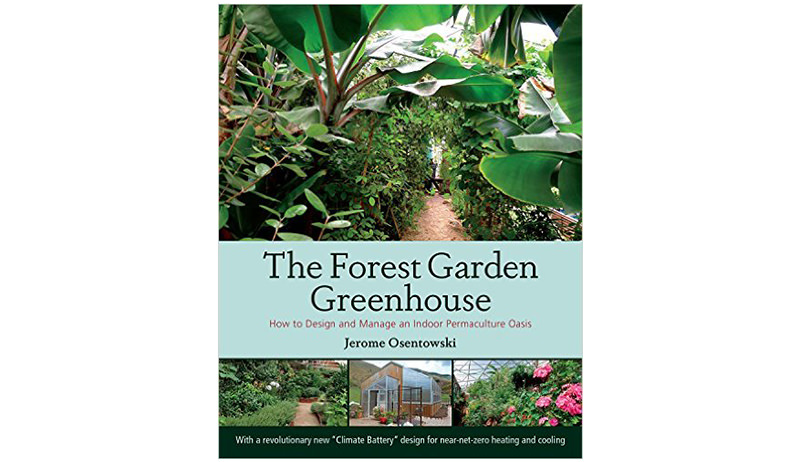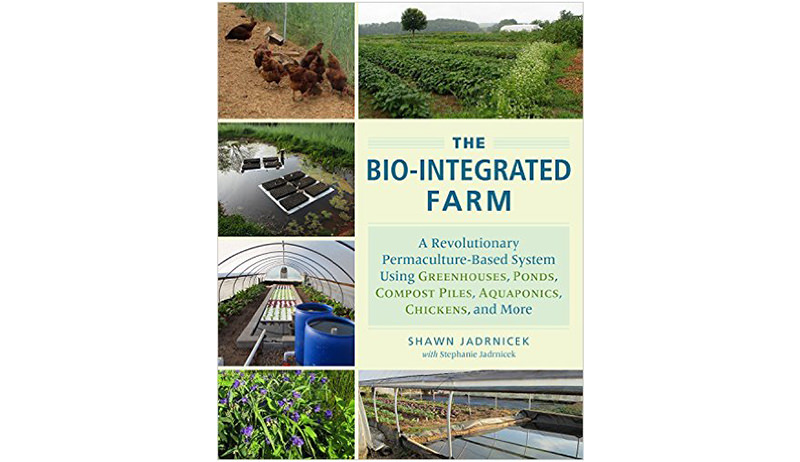
Farming in the winter is both an exciting prospect and a necessary one. Far too much of the food in grocery stores is produced in greenhouses in areas that are likely colder and farther north than yours—unless you’re in Canada or Holland, where a lot of winter vegetables are produced. Plus, the customers that seek out fresh, local produce in the summer would happily seek you out in the winter for more the same stuff.
Luckily, if you’re going to get into winter farming, or even if you’ve been doing it for a while, there are a whole slew of great books out—some new, some old, all essential—to help support your efforts.
The Winter Harvest Handbook: Year Round Vegetable Production Using Deep-Organic Techniques and Unheated Greenhouses
By Eliot Coleman (Chelsea Green, 2009)

I chose The Winter Harvest Handbook over Coleman’s Four Season Harvest, not because it’s a more comprehensive book but because other books on the list cover the more technical details of winter farming that Coleman did in Four Season Harvest, while The Winter Harvest Handbook does a great job of giving a historical context to the practice. Really, you should own both. Coleman, a well-known farmer, has a lot of knowledge on the subject and, living in Maine, a lot of experience in winter farming. They are both great works with a lot of information to reference. His books also read very well, making them an excellent place to start if you’re just getting into winter farming.
The Greenhouse and Hoophouse Growers Handbook: Organic Vegetable Production Using Protected Culture
By Andrew Mefferd (Chelsea Green, 2017)

Certainly among the most comprehensive books on protected culture—that is, growing food in greenhouses, high tunnels and similar structures—is Andew Mefferd’s forthcoming work, The Greenhouse and Hoophouse Growers Handbook. This book is informed by Mefferd’s many years working at the greenhouses of Johnny’s Selected Seeds, as well as those on his own farm in central Maine. The book focuses on the crops and techniques, as well as the structures and equipment, required to make winter farming profitable. As a journalist, the ideas Mefferd expresses in this book come through crisply and easy to follow. In other words, a book this technical doesn’t seem like one you would read cover to cover, but don’t be surprised if you do.
The Forest Greenhouse Garden: How to Design and Manage an Indoor Permaculture Oasis
By Jerome Osentowski (Chelsea Green, 2015)

Perhaps the hottest thing (pun not intended) to hit the winter growing world in the last few years is the climate battery, which is well-detailed in this book. Osentowski introduces us to this ingenuous use of the greenhouse that, in essence, uses fans to store excess heat from warmer days in pipes under the structure for later use. At his Colorado farm, 7,200 feet up, Osentowski is using technology like the climate battery among others to grow a range of tropical and subtropical plants year-round with little or no fossil-fuel usage with the help of design partner Michael Thompson. Osentowki’s book is an absolute must-have for people looking for more efficient ways to heat their greenhouses without spending more money. Plus, he delves into many other permaculture-driven ideas, case studies, and concepts farmers of all shapes and sizes could benefit from.
The Year-Round Solar Greenhouse: How to Build and Design a Net-Zero Energy Greenhouse
By Lindsey Schiller and Marc Plinke (New Society Publishers, 2016)

There are many elements to winter farming, but perhaps none quite as important or emblematic as the greenhouse itself. In their new book The Year-Round Solar Greenhouse, authors Schiller and Plinke have put together one of the most comprehensive greenhouse books to date. With a multitude of different examples, the authors discuss the various elements that go into designing and building greenhouses that require little or no outside inputs to heat over winter. This book, full of energy and money saving tips, is a great place to start if you’re wanting to build a new greenhouse.
The Bio-Integrated Farm: A Revolutionary Permaculture-Based System Using Greenhouse, Ponds, Compost Piles, Aquaponics, Chickens and More
By Shawn Jadrnicek (Chelsea Green, 2015)

When you combine permaculture ideas and greenhouse technology, something really special happens: You create systems that support themselves, do multiple things and, best of all, give you food come winter. In his debut book, author Shawn Jadrnicek introduces us to Clemson University’s Student Organization Farm, where he manages a whole range of permaculture systems, many of which are designed around greenhouses and winter production. He talks aquaculture, composting for heat and many more interesting ideas that could be applied to farms of any size. It’s a fun and thorough investigation of integrating technology, nature and design.




